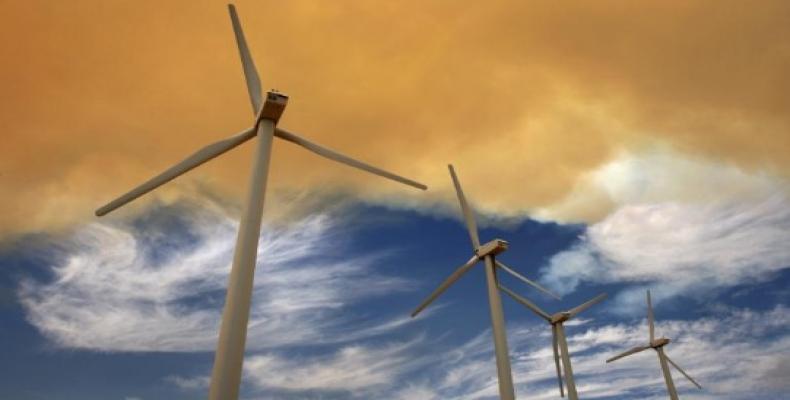Havana, November 8 (RHC-EFE) -- Cuba is seeking to obtain 24 percent of its electricity from renewable sources by 2030 and to that end has unveiled an initial set of projects requiring a combined investment outlay of over $600 million.
Cuba is currently generating just 4.3 percent of its electricity from renewable sources, but plans to allocate more than $3.5 billion to develop that sector over the next 15 years, Granma daily newspaper reported on Friday.
If the island nation meets this objective by 2030, it would mean $780 million in savings annually on imports of fossil fuels, the source of 96 percent of the nation's electricity.
President Raul Castro's government approved a policy in June aimed at developing renewable energy and opening that sector up to foreign investment to achieve greater balance in the island's energy matrix, considered a top economic priority.
During this week's 32nd Havana International Fair, the government unveiled proposals for foreign investment projects to create, expand and modernize Cuba's renewable energy capacity.
That portfolio includes wind farm and bio-electric power station projects to be built by mixed-capital or entirely private companies. Those initial projects will require combined investment outlays exceeding $600 million. Cuba's strategy is to maximize its water, solar, wind, bagasse and forest biomass resources.
The government also has plans in place to install some 133,000 solar heaters in homes and other buildings by 2030, Granma reported, citing the Energy and Mines Ministry.
Cuba produces four million tons of crude and natural gas annually, mostly for electricity generation, although power from locally extracted hydrocarbons only covers 50 percent of domestic consumption. Cuba also is exploring for oil in its portion of the Gulf of Mexico, although the drilling campaign has been unsuccessful so far.
Cuba Aims for 24 Percent Renewable Energy by 2030


